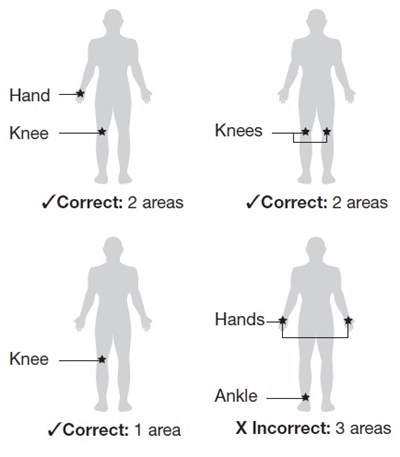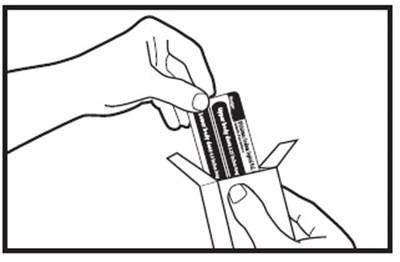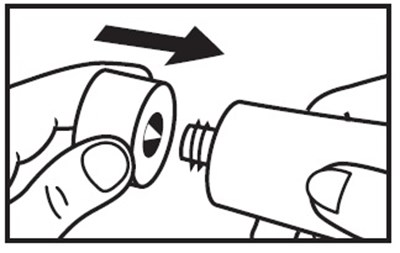Product Images Diclofenac Sodium
View Photos of Packaging, Labels & Appearance
- Diclofenac Sodium Topical Gel, 1% Carton Image 1 - 87A4KRTC1 Image 1
- Diclofenac Sodium Topical Gel, 1% Carton Image 2 - 87A4KRTC1 Image 2
- Diclofenac Sodium Topical Gel, 1% Carton Image 3 - 87A4KRTC1 Image 3
- Diclofenac Sodium Topical Gel, 1% Carton Image 4 - 87A4KRTC1 Image 4
- Apply to areas - Apply to areas
- Hands opening package - Hands opening package
- Opening Tube - Opening Tube
- Remove cap - Remove cap
- Replace cap - Replace cap
- cartilage - cartilage
- correct examples - correct examples
- where to apply - examples of where to apply
- How often to use - four times a day
- measure using dosing card - measure using dosing card 2
- measure using dosing card - measure using dosing card
- wait 10 minutes - wait 10 minutes
- wash the dosing card - wash the dosing card
- wash your hands - wash your hands
Product Label Images
The following 18 images provide visual information about the product associated with Diclofenac Sodium NDC 45802-953 by Padagis Israel Pharmaceuticals Ltd, such as packaging, labeling, and the appearance of the drug itself. This resource could be helpful for medical professionals, pharmacists, and patients seeking to verify medication information and ensure they have the correct product.
Diclofenac Sodium Topical Gel, 1% Carton Image 1 - 87A4KRTC1 Image 1

This is a description of a topical gel for arthritis pain relief. The product is called Diclofenac Sodium Topical Gel, 1%, and it is an NSAID (Nonsteroidal anti-inflammatory drug). It is designed to relieve arthritis pain in specific areas of the body, including the hand, wrist, elbow, foot, ankle, and knee. It should not be used on areas outside of these regions. The box includes an enclosed dosing card to measure the appropriate amount. The recommended dosing schedule is twice a day for a maximum of 21 days, unless directed otherwise by a doctor. The product is distributed by Perrigo and is 3.53oz (100g) in weight.*
Diclofenac Sodium Topical Gel, 1% Carton Image 2 - 87A4KRTC1 Image 2

This is a drug fact sheet containing information about a pain reliever for arthritis. The active ingredient is Didoknac SX% and is a nonsteroidal anti-inflammatory drug. The medication is intended for temporary relief of arthritis pain. The sheet lists various warnings, including a warning about stomach bleeding and the risk of heart attack and stroke. It also includes an allergy alert and recommends to stop using the product if an allergic reaction occurs. The product is not intended for strains, sprains, bruises, or other types of injuries.*
Apply to areas - Apply to areas

This text describes different body areas and their subdivisions like the upper and lower body areas. It further includes specific parts of each area such as the elbow, knee, wrist, hand, ankle, and foot, and their respective sub-parts. For instance, the elbow includes sides, inner and outer parts; knee consists of sides, kneecap, and back; wrist includes sides, top, and bottom; hand includes top, palm, and fingers; while ankle includes sides, front, and back, and the foot consists of the sole, top of foot, and toes.*
cartilage - cartilage

This text provides a simple description of different states of cartilage - healthy, worn-away, and broken.*
correct examples - correct examples

This seems to be a chart or table outlining different body parts and their locations. The table is divided into four sections, each corresponding to a different area of the body. The sections are labeled as "Upper body," "Upper/Lower body," "Lower body," and "(L)Knee and (R)knee." The chart also lists specific body parts within these sections, such as "hand and elbow," "wrist and ankle," and "(L)Knee and (R)knee."*
where to apply - examples of where to apply

The text seems to be a chart or diagram with four body parts labeled: Hand, Knees, Hands, and Ankle. It indicates that two areas on the Hands and two on Knees are correct, while one area on the Ankle is correct and three areas on the Knees are incorrect. It is not clear what the exact context is, making it difficult to provide a more detailed description.*
* The product label images have been analyzed using a combination of traditional computing and machine learning techniques. It should be noted that the descriptions provided may not be entirely accurate as they are experimental in nature. Use the information in this page at your own discretion and risk.











